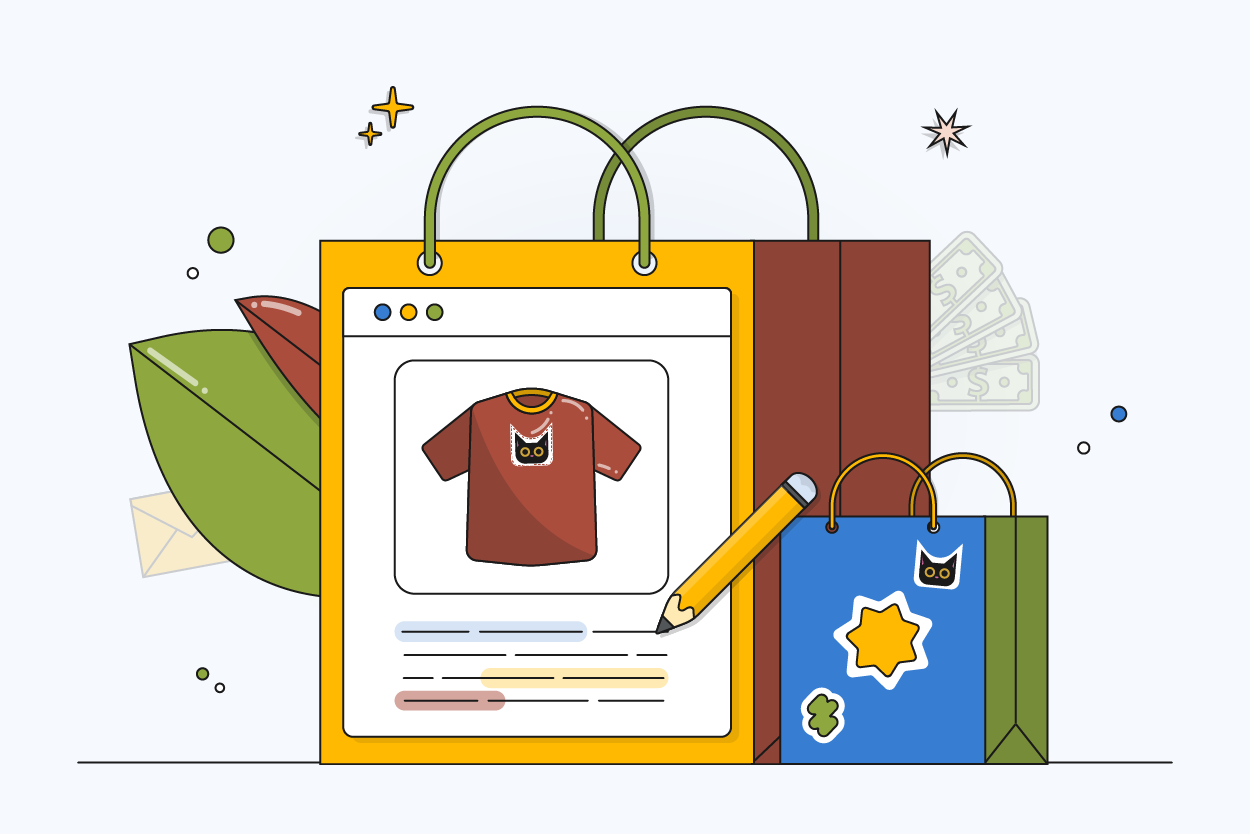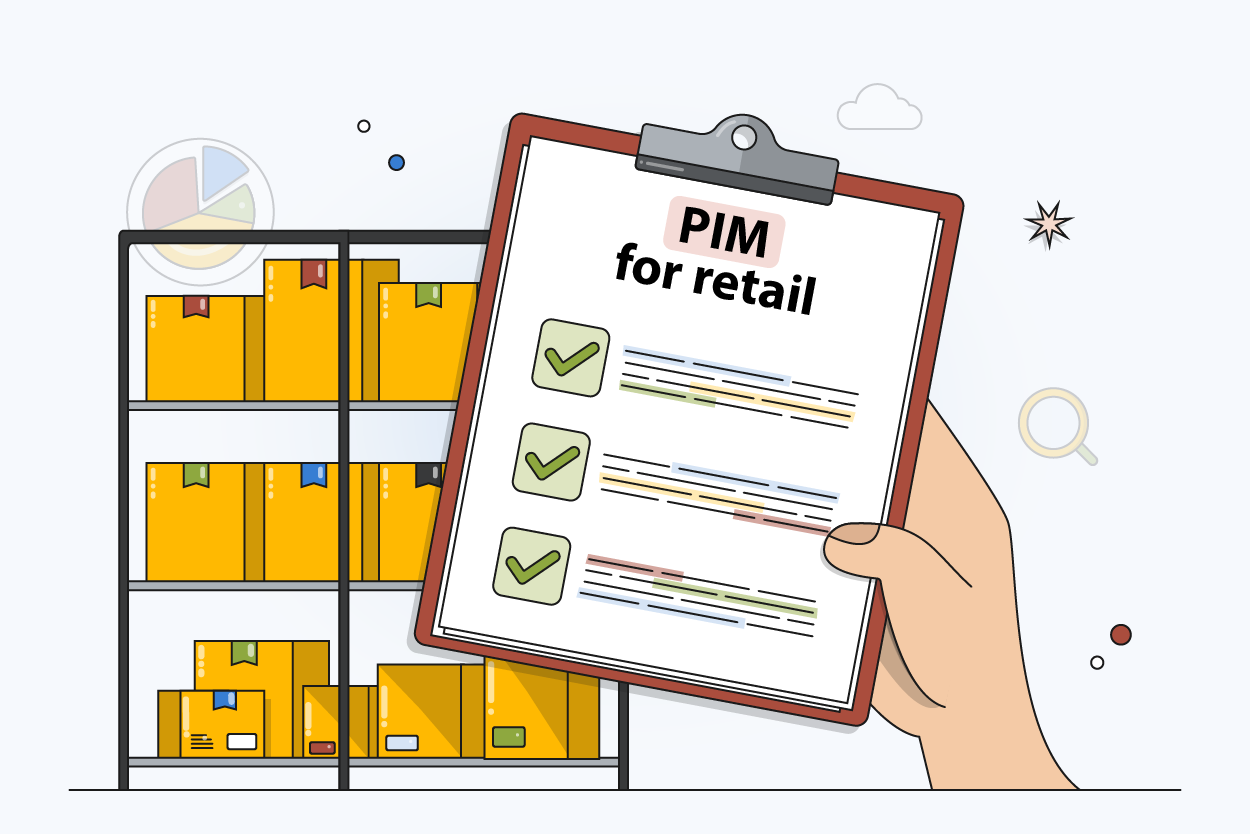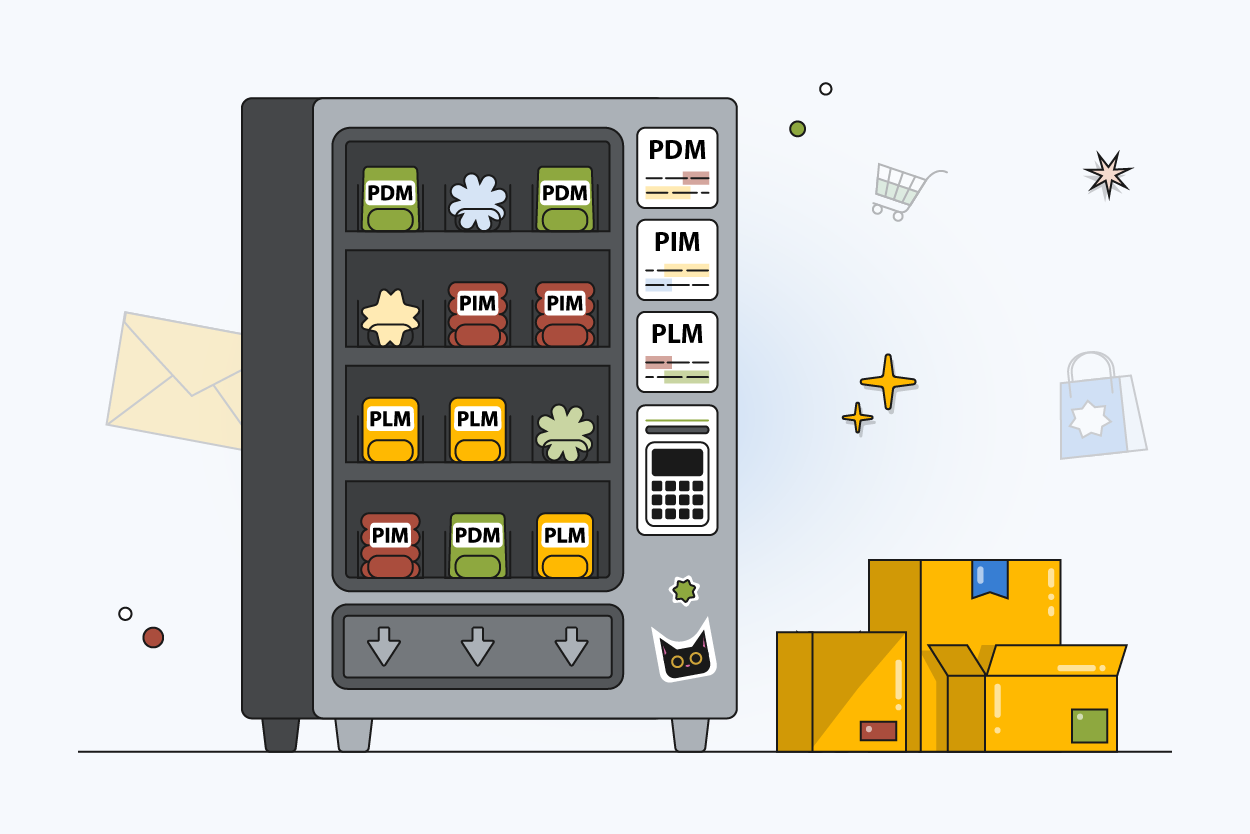How to Market Unsought Products: Strategies & Definition
Author name: Bradley Taylor

Marketing unsought products can be a daunting task. But, with the right strategies, even the most obscure products can gain traction. In this article, we’ll explore the unsought product definition, identify strategies to generate interest, and discuss how businesses can overcome the unique challenges of marketing these products.
What Is an Unsought Product?
An unsought product is a good that consumers aren't actively seeking to purchase. Unlike impulse purchases or daily necessities, these items often address needs that consumers haven't yet recognized or prefer not to think about. Unsought products typically require significant marketing efforts to generate awareness and create demand.
What are the 4 Categories of Consumer Products?
Understanding where unsought items fit in the broader spectrum of consumer products helps when creating marketing strategies for this type of goods. Let’s examine the four most commonly defined categories of consumer products.

1. Convenience Products
Convenience products are everyday items that consumers purchase frequently. These items typically require minimal effort to purchase. They tend to have low prices, wide distribution, and quick decision-making time. Common examples of convenience products include groceries, toiletries, and basic household supplies.
2. Shopping Products
Shopping products tend to involve more consideration before purchase. They are usually more expensive than convenience products and are purchased less frequently. When looking for these items, consumers typically evaluate features, quality, and price. Common examples of shopping products include clothing, electronics, and home goods.
3. Specialty Goods
Specialty goods are unique products with specific brand characteristics. They are exclusive items for which consumers are willing to make special purchasing efforts. Characteristics of specialty products in marketing include strong brand identification, limited distribution channels, and premium pricing.
Unlike convenience or shopping products, specialty goods often don't invite comparison shopping. Instead, consumers have already decided on the specific brand they want. Examples of specialty goods extend beyond luxury cars and designer clothing to include fine wines, professional equipment, and limited-edition collectibles.
4. Unsought Goods
Earlier, we provided an answer to the question of what are unsought products. These goods represent one of the most challenging categories for creating a product marketing strategy. All unsought goods fit into the classification system of items that consumers don't know about or are not actively seeking to purchase. You can further classify these products into the following subcategories.
Struggling to Manage Complex Product Data?
Marketing unsought products requires consistent, high-quality information across all channels. Discover why leading businesses rely on PIM systems to streamline their product data management.
New Unsought Products
These are products that solve problems consumers don’t yet realize they have. Often, they involve revolutionary technologies or services that disrupt existing behaviors and markets. When this happens, these items create entirely new needs that weren’t previously recognized.
Unnecessary Unsought Products
These products are known to consumers but aren’t actively sought after. They are often purchased out of necessity rather than desire, typically when an immediate need arises or when there’s no better alternative.
Preventive Products
Preventive products address future risks or potential problems. These items typically require educational marketing to demonstrate their long-term value and to convince consumers of the importance of addressing these future concerns now.
What are the Common Indicators of an Unsought Product?
Understanding the indicators of an unsought product is useful for developing marketing strategies that overcome these items’ lack of interest.
Limited Consumer Awareness and Understanding
Low consumer awareness is the most basic sign of an unsought product. This can take two forms: either customers don't know the product exists at all, or they don't fully understand its worth and advantages.
Psychological or Emotional Barriers
Many unsought products face significant psychological or emotional barriers to purchase. These products might address needs that consumers prefer not to think about or involve decisions that create emotional discomfort.
Need for Continuous Marketing Effort
Unlike sought-after products that benefit from natural demand, unsought products require persistent marketing efforts to maintain visibility and generate sales. This ongoing need for marketing investment serves as a clear indicator of an unsought product.
Lack of Immediate Perceived Need
Unsought products often address needs that aren't immediately apparent to the consumer. They might solve problems that consumers don't realize they have or address future contingencies that seem distant and abstract.
What is the Best Example of an Unsought Product?
Below, are a few examples of products normally regarded as unsought:
1. Fire Extinguishers
Fire extinguishers perfectly exemplify the unsought product category. Despite their critical importance for safety, it’s rare for consumers to actively seek them out. Most people recognize their value but don't prioritize purchasing one until after a close call or local incident.
2. Home Security Systems
Home security systems represent another classic unsought product. Many homeowners don't actively seek security systems until after a break-in occurs in their neighborhood. Even then, companies selling these products must overcome the "it won't happen to me" mindset.
3. Surge Protectors
Surge protectors represent an interesting case of an unsought product. Despite their importance in protecting valuable electronic devices, most consumers don't actively seek them out until after experiencing device damage from power surges. Marketing to potential customers in this market requires educating them about electrical risks and justifying the higher cost compared to basic power strips.
4. Life Insurance
Life insurance remains a textbook example of an unsought product and one of the most challenging to market because it requires consumers to confront their own mortality. With this target market, you must overcome emotional barriers to purchase while also selling complex product options.
Why Is an Unsought Product Hard to Sell?
The challenges of selling unsought products stem from multiple factors that create barriers to purchase. The primary challenge is typically an absence of an immediate, apparent need in the consumer's mind. Unlike convenience products that fulfill daily needs or shopping products that satisfy clear wants, unsought products often address future possibilities or unknown problems.
For example, selling disaster preparedness kits to someone who has never experienced a disaster can be challenging because the need feels abstract rather than concrete. This lack of urgency makes it difficult to motivate purchasing decisions.
How Do Brands Sell Unsought Products?
Successfully marketing unsought products requires a strategic combination of different approaches. Here are five methods that brands use to effectively sell unsought products:
1. Educational Marketing
Educational marketing forms the foundation of unsought product sales. This approach focuses on helping consumers understand both the problem and the solution. It involves creating comprehensive content through blogs, videos, and detailed product information to build awareness and understanding.
2. Emotional Marketing
Emotional marketing connects products to deeper human desires. Rather than focusing solely on features, this approach taps into fundamental senses like security and responsibility. For example, life insurance marketing often emphasizes family protection and peace of mind, while home security systems focus on the safety and protection of loved ones.
3. Multi-Channel Presence
Given their challenging nature, maintaining visibility across multiple channels can aid the direct selling of unsought goods. This approach increases the likelihood that your product is readily findable when consumers finally recognize a need. A strong multi-channel strategy encompasses a comprehensive digital presence through websites, social media platforms, and online marketplaces. To effectively manage product information across these channels, a Product information management (PIM) system is the ideal solution for enabling high-quality product data at scale.
See Multichannel Marketing in Action
Learn from brands that successfully built awareness for hard-to-sell products through strategic multichannel campaigns. Real examples with measurable results.
4. Personal Selling and Relationship Building
Unsought products often require a more personal touch in the sales process. Success comes from building trust through meaningful one-on-one interactions and taking the time to understand individual needs and concerns. This means positioning your business as a partner who provides helpful solutions rather than just pushing products.
5. Free Trials and Guarantees
Reducing purchase risk helps to sell unsought products. You can offer free trials and strong guarantees to help overcome initial resistance. This allows customers to experience benefits firsthand without financial commitment. It also creates a natural opportunity for product education and personal selling.
How to Generate Interest in Unsought Products
Here are some tactics you can use to generate interest in unsought products:
Leverage Data Analytics
You can use market research and customer data to identify pain points. This will help you uncover valuable insights into what drives demand for your product. You can then craft a marketing strategy to better address customer needs, generating more interest in the process.
Create Compelling Content
Develop high-quality content that educates potential customers about your product's benefits and applications. You can keep content consistent across all channels through centralized product information management. This helps deliver a unified message that resonates with your target audience, building trust and awareness over time.
Build Social Proof
Social proof is a powerful tool for gaining consumer trust. It provides real-world evidence of your product's effectiveness and can encourage potential buyers to take action. You can collect and showcase testimonials, reviews, and case studies that demonstrate the product's value.
Optimize for Search Engines
A strong search engine optimization (SEO) strategy helps increase your digital exposure. It is easier to generate interest in unsought products when customers come across them frequently when browsing the web. You can use PIM capabilities to manage digital assets and product data efficiently. This results in products optimized for search and a smooth product experience that can generate greater interest from potential buyers.
Making Unsought Products Work for Your Business
While marketing unsought products can be a challenge, it can also present opportunities for innovation. With the right approach and tools, you can transform your unsought goods into valued solutions that address real customer needs.
Ready to Boost Visibility for Your Hard-to-Sell Products?
Discover how PIMinto helps you maintain consistent, compelling product information across all marketing channels — essential for building awareness and trust in unsought products.
Modified on: 2025-02-20



